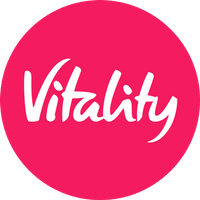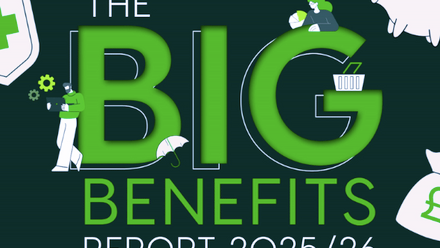The carrot but not the stick: exploring the psychology of employee engagement

Our brains are hardwired in such a way that we are prone to seeing our wellbeing as better than it is and that our decisions tomorrow will be different. This sort of thinking applies to physical activity as much as to the food we eat.
Luckily, there are ways that a workplace wellbeing strategy can help employees overcome this challenge. Findings from Britain’s Healthiest Workplace study revealed that one of the most powerful agents for change can be rewards.
In the words of economist Steven E. Landsburg: “Most of economics can be summarised in four words: people respond to incentives. The rest is commentary.”
Psychology and behavioural science play a big role in helping employees overcome cognitive biases and encourage them to engage with behaviours that might benefit their health and wellbeing.
1. Make them short but sweet
Providing tangible short-term rewards often work best if any wait for the reward is kept to a minimum – in behavioural economics terms this is sometimes called our present bias.
2. Don’t be afraid to be creative
Even with limited resources, a creative approach to rewards can still pay dividends, such as offering an additional day of annual leave, or symbolic recognition – for example, a thank you note, public recognition or an award.
3. It’s all about the experience
Vouchers are less likely than cash to be forgotten, and experiences tend to make us happier than money. We’ve also seen through behavioural economics that the perceived value of monetary amounts can vary, so providing tangible non-cash items, such as personalised gifts, can help address this.
4. No need to stop at one
You need not limit yourself from offering just one reward – they can be combined to boost the total value available, or to provide a choice of rewards. Both can broaden the appeal and motivate a wider range of employees.
5. Everything is connected
As we’ve explored, the different elements of our wellbeing are interconnected across multiple pillars, so all must be supported. But we cannot tackle everything at once. To get the journey started, perhaps focus on one area at first and space them across a wellbeing calendar.
6. Onwards and upwards
A low threshold for a reward might help some but provide little motivation for others. One way to overcome this is to use a system of escalation, so people can do more to unlock further rewards (for example, a steps challenge).
7. Incentivise healthy behaviour
The principle of harnessing our psychology can also be seen in workplaces where nutritious food is subsidised or provided for free. Those who wish to indulge in something not as healthy incur an additional cost, which can play into a sense of loss aversion and motivate us to choose the better – but perhaps less appealing – option.
8. Keep it simple
The design and communication of a health and wellbeing programme must be simple, intuitive and accessible to avoid overloading employees with information and spoiling engagement – something illustrated by the Fogg Behaviour Model, which shows the interplay between perceived effort and personal motivation.
This article is provided by Vitality.
A version of this article originally appeared in Vitality’s Mastering Wellbeing at Work Guide provided as a part a Workplace Wellbeing Toolkit offering a range of resources for employers. It also featured on Vitality Adviser Insights Hub.
Supplied by REBA Associate Member, Vitality
At Vitality, we take a unique approach to insurance. As well as providing high-quality comprehensive cover, we provide a complete wellness package that can help boost employee engagement and productivity.







